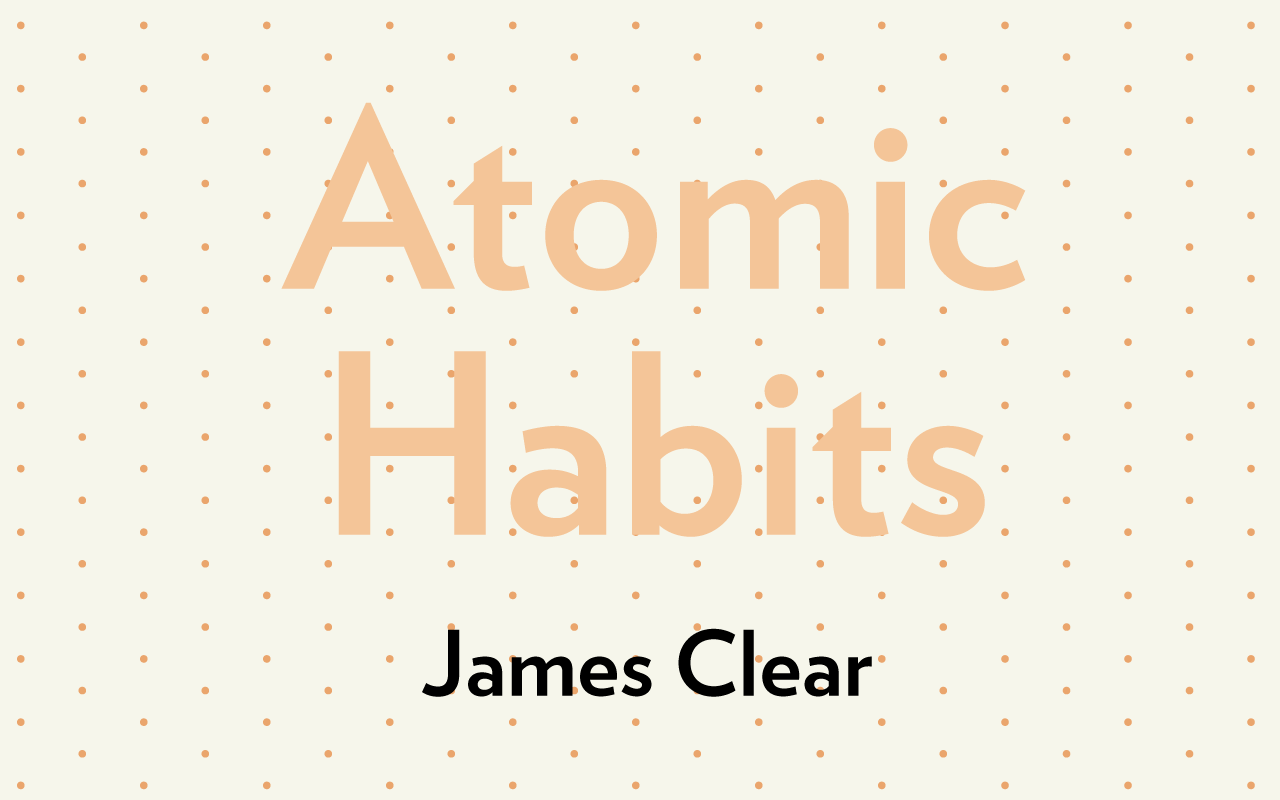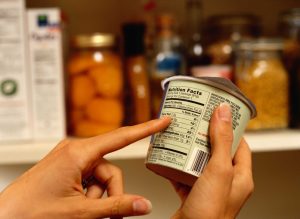Habits aren’t about willpower, they’re about setting up your brain, environment, and routines so good behaviors happen almost automatically. Most people struggle not because they’re lazy but because their system is broken. Here are five actionable principles from James Clear’s Atomic Habits and ways to make them work for you.
1. Make Habits Obvious with Cues
Cues are the brain’s little nudges that trigger behavior. If you can’t see a habit, you probably won’t do it.
- Visual Triggers
Keep objects in plain sight. A water bottle on your desk, workout shoes by the bed, or a book on your pillow works better than relying on memory. - Digital Reminders
Use alarms or calendar notifications to nudge yourself. - Environment Design
Make good habits easier and bad habits harder. Science shows subtle environmental tweaks can boost habit adoption by up to 40% (Behavioral Science Journal, 2021).
2. Stack New Habits on Existing Routines
Instead of creating a habit from scratch, attach it to something you already do consistently.
- Find Anchors
Brushing your teeth, making coffee, or commuting are perfect launch points. - Attach New Actions
After your morning coffee, write one journal sentence. After brushing teeth, do a two-minute stretch. - Start Tiny
Keep it small to make starting painless. Evidence suggests this approach strengthens neural pathways and improves adherence (Journal of Behavioral Studies, 2020).
3. Make Habits Attractive with Rewards
Your brain repeats what feels good. Reward yourself in ways that reinforce the behavior.
- Pair With Enjoyable Activities
Listen to your favorite podcast while exercising or cleaning. - Immediate Wins
Check off tasks, celebrate small achievements, or give yourself a tiny pat on the back. - Social Incentives
Share progress with friends or join a community. Social reinforcement makes habits more motivating.
Neuroscience shows dopamine release strengthens the brain’s habit loops, making rewarding actions more likely to repeat (Frontiers in Behavioral Neuroscience, 2019).
4. Make Habits Easy by Reducing Friction
The easier a habit is to start, the more likely you are to follow through.
- Prep Ahead
Lay out gym clothes or pre-chop vegetables. - Break It Down
Want to meditate? Start with one minute. Want to run? Begin with five minutes. - Automate Where Possible
Recurring reminders, subscriptions, or pre-set routines remove mental friction.
Small incremental steps beat big leaps they require less motivation and lead to long-term success (American Journal of Lifestyle Medicine, 2020).
5. Make Habits Satisfying and Track Progress
Immediate feedback keeps habits alive. Seeing progress feels good and reinforces consistency.
- Visual Trackers
Use apps, journals, or calendars to track streaks. - Celebrate Wins
Every small achievement matters. - Reflect on Benefits
Note how habits improve focus, energy, or mood.
Research confirms visible progress increases adherence and satisfaction (Journal of Positive Psychology, 2018).
FAQs
Q1: How do I start habit stacking if my routine is irregular?
A. Anchor your new habit to any consistent behavior, even something tiny like brushing teeth or opening your laptop. One stable point is enough.
Q2: Can rewards be unhealthy, like sweets after exercise?
A. Pick rewards that support your long-term goals. Small treats are fine occasionally, but try incentives that reinforce health or productivity.
Q3: How long does it take to form a habit?
A. Anywhere from 18 to 254 days, depending on complexity and individual factors (European Journal of Social Psychology, 2009).
Q4: What if I miss a day?
A. Missing a day is normal. Focus on getting back on track. Consistency matters more than perfection.
Q5: Are digital habit trackers necessary?
A. Not essential, but they help. Visual progress and accountability boost motivation. Pick a method that fits your lifestyle.
Habits compound. Make them obvious, anchor them to routines, reward yourself, reduce friction, and track progress. Apply these strategies consistently and you’ll see small daily changes turn into significant long-term growth.






